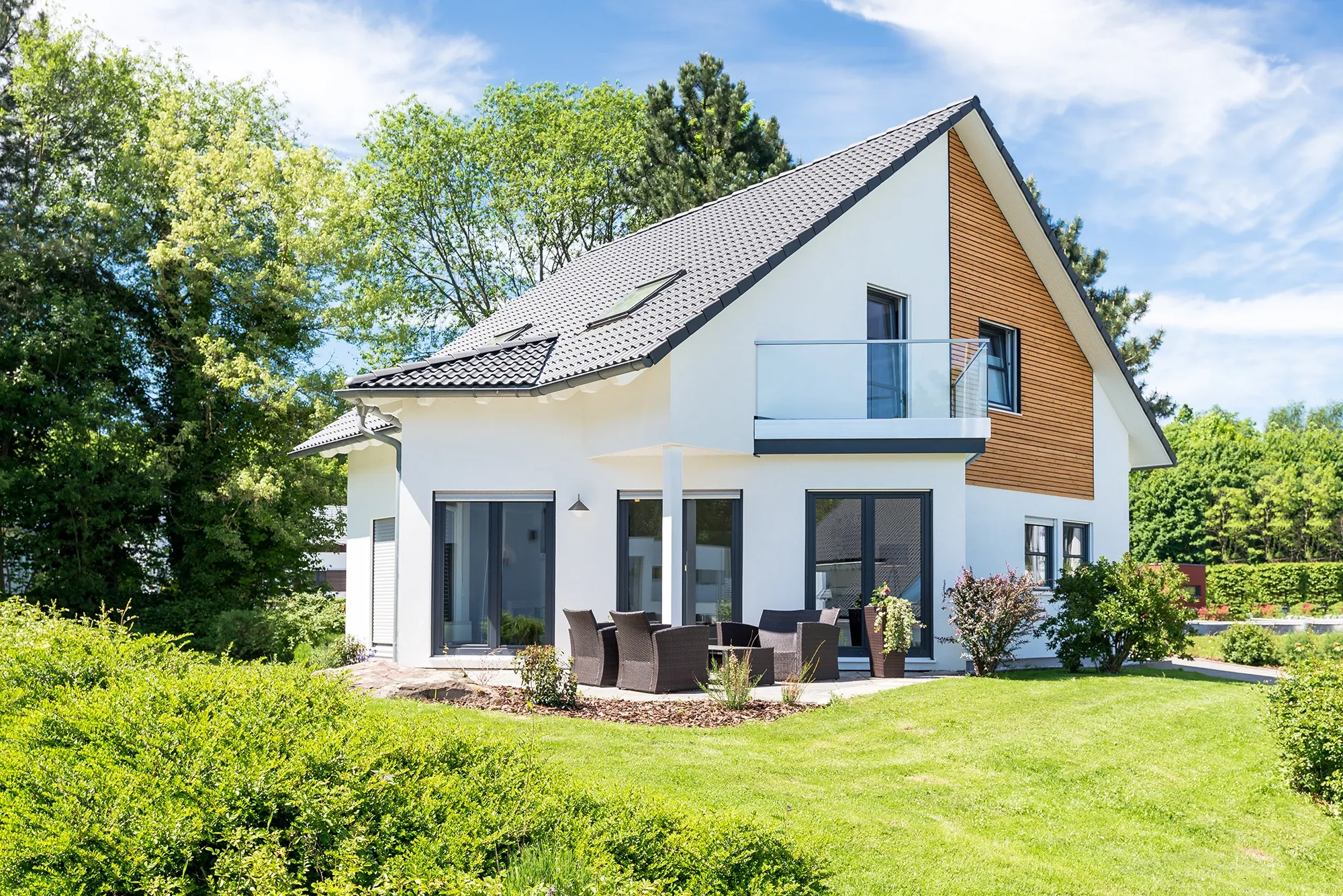
The Second Homes Act (Lex Weber)
Author: François Bianchi
Publication Date: 2016
On 11 March 2012, the Swiss people decided to limit the number of second homes in each municipality to 20 per cent. On 1 January 2016, the Federal Act on Second Homes came into force. It distinguishes between existing and new dwellings.
Existing dwellings are those that existed prior to 11 March 2012 or were covered by a valid building permit on that date. Such dwellings have unrestricted use. They can be used as principal or second homes. As a result, the homeowner may rent the property to a person who makes it his home without fearing that the property will lose its status as a second home. Similarly, if the homeowner himself occupied it as his principal residence, he is not deprived of the possibility of subsequently selling it as a second home.
Such dwellings may be renovated, converted and rebuilt without losing their existing dwelling status. They may be enlarged by up to 30 per cent of the main usable area, provided that this does not result in the creation of new second homes. If the expansion exceeds 30 per cent, the dwelling loses its existing dwelling status, and use as a second home is no longer possible.
In the affected municipalities, the only new dwellings permitted are ("dwelling" being defined as a space containing a kitchen):
- principal homes. The foregoing applies subject to any abuse of rights. The Federal Supreme Court refused building permits for such residences on the grounds that the need for principal homes in the commune concerned was not sufficiently demonstrated. It should also be noted that even if a buyer is not found, a new principal home cannot simply be converted into a second home after a certain period of time. Only waivers of the duty to use may be granted by the authority under the conditions laid down by the law and the implementing ordinance.
- dwellings used as tourist lodging, of which two types are permitted: a) accommodations rented for short periods as part of an organised lodging establishment (the concept is similar to a hotel); b) tourist accommodations located in the same building as the owner’s main residence (“bed and breakfast” type), with the aim of enabling the local population to act as hosts.
The law still provides a few exceptions for a protected or site-specific building, an old hotel that is not profitable or a new hotel where 20 per cent of the area would be used as a second home (under very strict conditions).